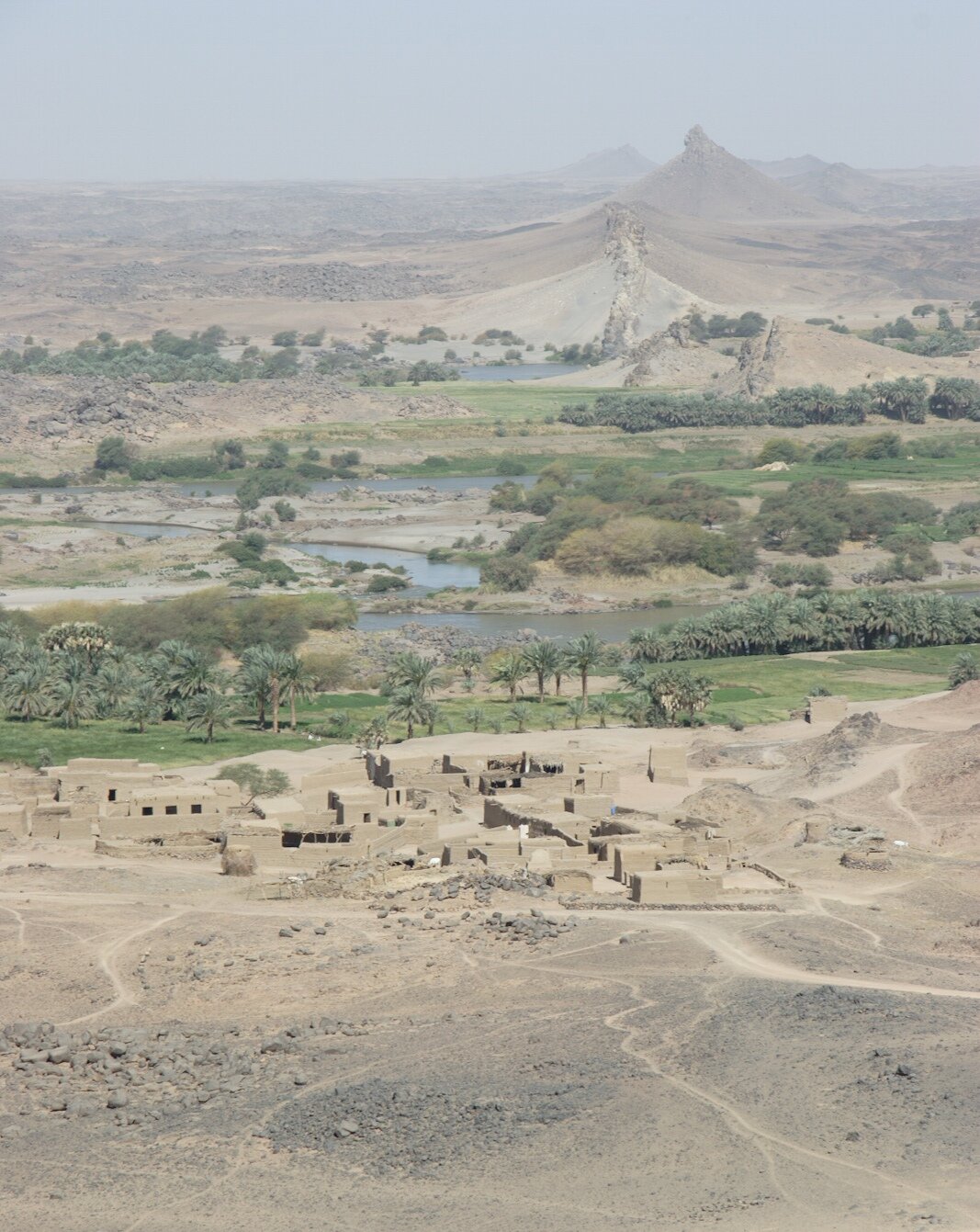'Lands Beyond Kos' Bonus Content

This article contains bonus content for Lands Beyond Kos, one of the sourcebooks associated with the popular Swords of Kos Fantasy Campaign Setting. Lands Beyond Kos contains detailed descriptions of 16 different nations, brief entries on nine regions, and writeups on three specific places, all of which can be used either individually or in conjunction with one another, and within the context of the Kos campaign setting or as part of any other milieu. Following are brief entries on the regions of Æthiopia and Nubia, giving GMs the first elements they need to take adventures into these remote areas beyond the shores of the Mediterranean.
This article contains bonus content for Lands Beyond Kos, one of the sourcebooks associated with the popular Swords of Kos Fantasy Campaign Setting. Lands Beyond Kos contains detailed descriptions of 16 different nations, brief entries on nine regions, and writeups on three specific places, all of which can be used either individually or in conjunction with one another, and within the context of the Kos campaign setting or as part of any other milieu. Following are brief entries on the regions of Æthiopia and Nubia, giving GMs the first elements they need to take adventures into these remote areas beyond the shores of the Mediterranean. Skirmisher Publishing is also now in development with an entire Swords of Kos Fantasy Campaign Setting sourcebook dedicated to Æthiopia.
Æthiopia: Anchored on the shores of the Red Sea in the north, this sprawling nation comprises the area occupied by the modern states of Eritrea and Ethiopia and is the most powerful state in eastern Africa. It is ruled from the fortress city of Axum, in the northern part of the country, and is a maritime power that conducts trade with all the lands of the of the sea upon which it is located. Its influence in many coastal parts of the Arabian peninsula is, in fact, more profound than in the southern part of the country which, while ostensibly governed by Axum, in reality has huge sections of uncontrolled wilderness and areas controlled by various semi-autonomous peoples. Æthiopia had strong cultural and mercantile ties with the lands of the Mediterranean and, while these were shattered by the Great Cataclysm, it has recently both sent emissaries to and received them from a number of states. Æthiopia mints coins in gold, silver, and bronze, most of which bear images of its kings and its national symbol, a disk within an upturned crescent.

Nubia: This vast, largely desert region comprises the lands south of the nation of Aígyptos and is centered on the Nile River (roughly corresponding to the modern country of Sudan). While this area does not have any sort of central government, five small independent city states and their subject agricultural villages exist within it, all located along the banks of the Nile. From north to south these city states include the former Aígyptian fortress town of Buhen, then Dongala, Nopata, Meroe, and, at the place where the river splits into the White Nile and Blue Nile, Soba. Meroe is the most powerful of these communities, which have relationships with each other that ranges from friendly trade and alliance against common threats to sporadic border wars, raids, and short-lived invasions. Areas between the cities are generally unoccupied or inhabited by nomads, wandering humanoids, and monsters of various sorts. There is no single symbol associated with the region but those of individual communities incorporate pyramids, the sun, waterwheels, and local creatures.




